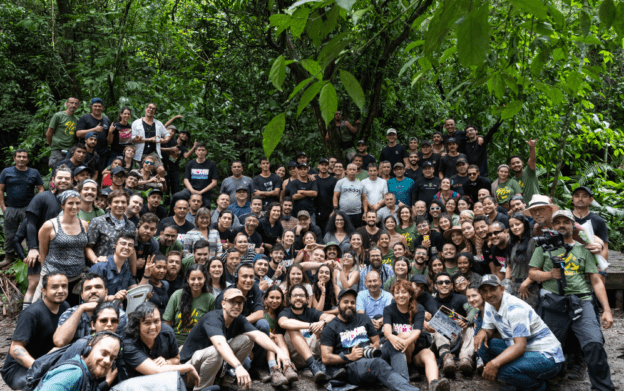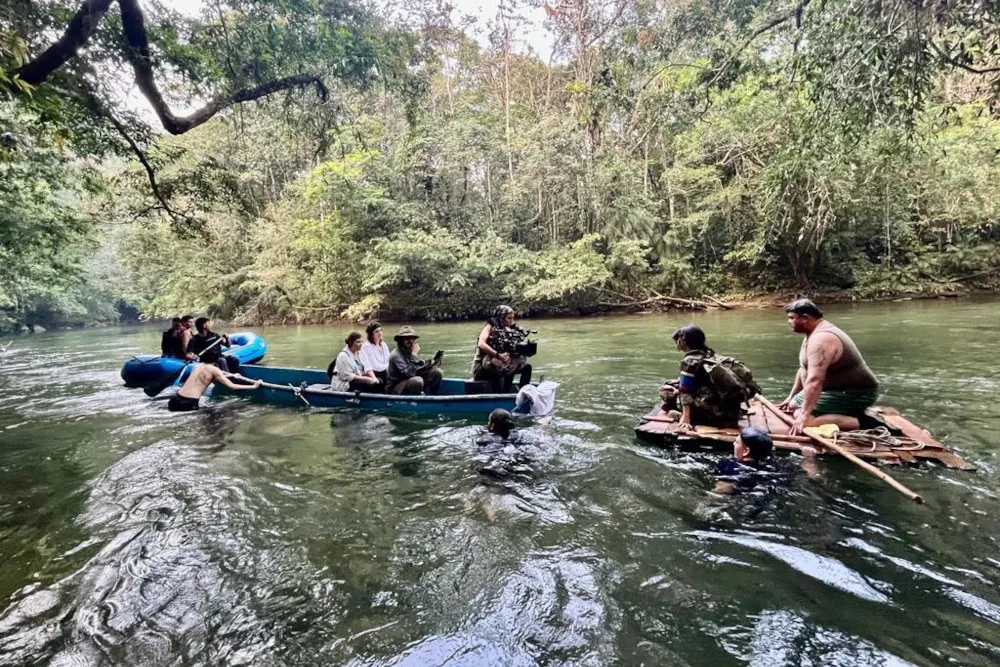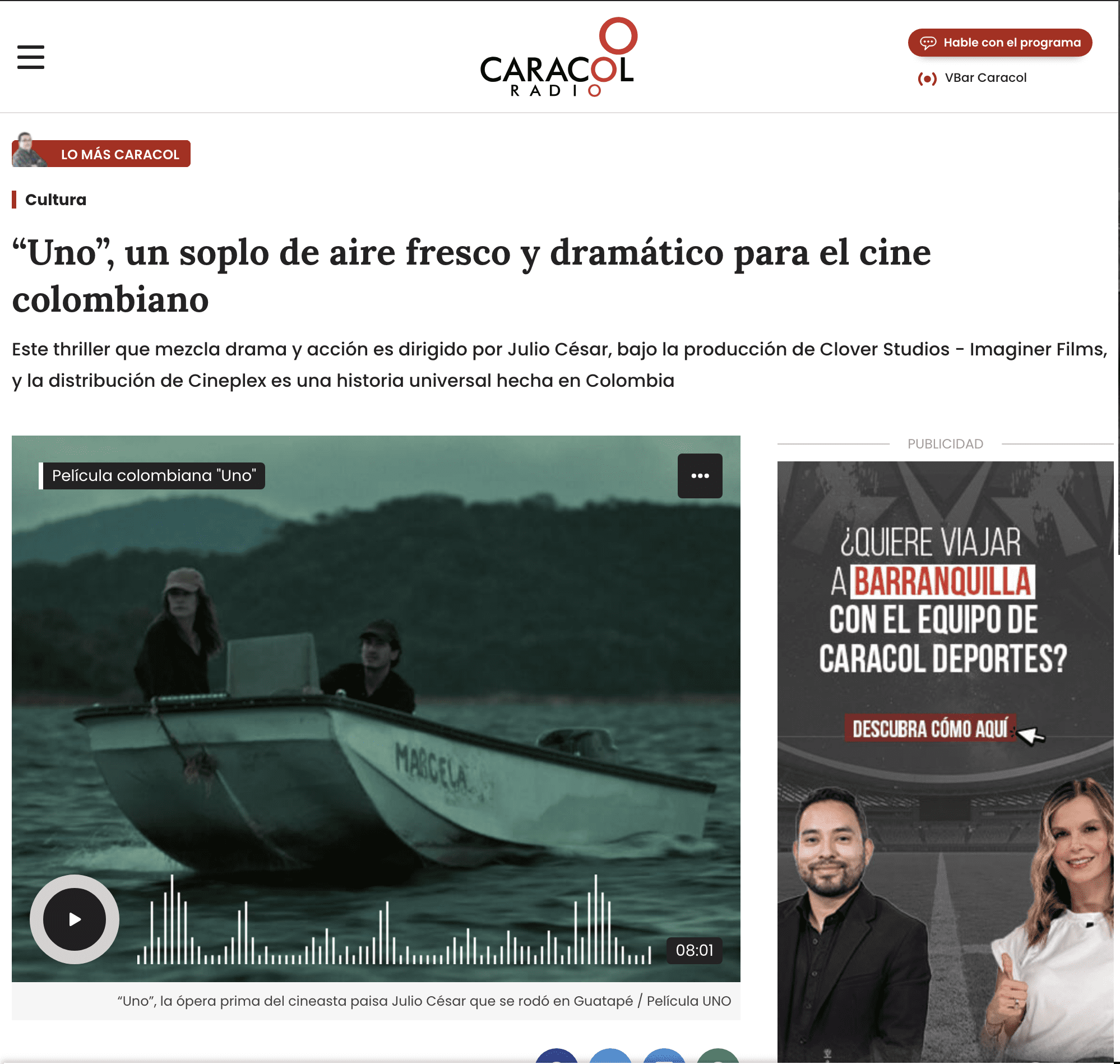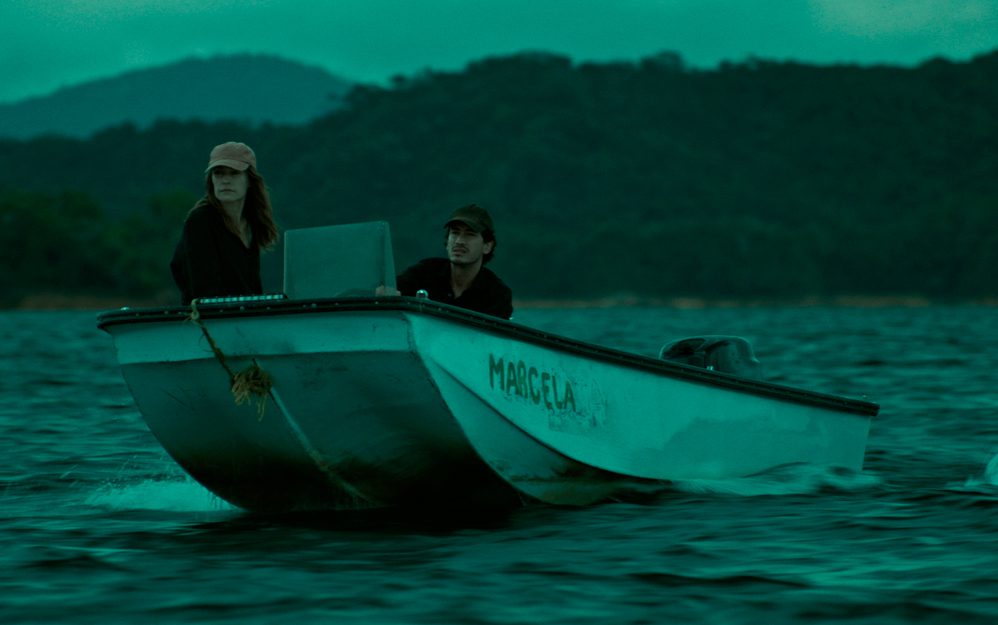Alix is a film written and directed by Ana María Hermida (La Luciérnaga), which became a reality largely thanks to the tax incentives available in Colombia for audiovisual production, but it took a different approach. Typically, foreign production companies come to Colombia to make their series and films, motivated by tariff refunds. In this case, it was the author who sought out a foreign company and showed them her project and the advantages of filming in Colombia. This is how Ana María Hermida, for Alix, secured the investment of Catalyst Studios of the US, with Holly Levow and Mark Pennell as producers. They later hired the Colombian company Imaginer Films (now Clover Studios) for production services. This included consulting and monitoring for applying for the tax benefit of Law 1556, the Colombian Film Fund (FFC), which grants 40% in film services and 20% in logistics services, and is administered by the Colombian Film Commission of Proimágenes Colombia.
IMPORTANCE OF COLOMBIA'S INCENTIVES
“It’s a production with foreign investment, but with a very Colombian essence. Ninety-eight percent of the crew is Colombian, with people from Medellín, Cali, and Bogotá,” emphasizes Julio César, of Clover Studios and executive producer of Alix. His colleague and fellow executive producer Laura Franco, maintains that “without these incentives, the national industry wouldn’t have the growth and potential it has today to attract all the foreign investment that’s coming in from film productions.” Alix’s post-production was also carried out in Colombia with the tax incentive provided by Law 1556. Editing was done by Imaginer, colorization by Labo, and sound by La Tina. “We showed that we can truly provide the entire production chain in Colombia for any type of film or series,” argues Julio César.
ALIX’S STORY
Alix portrays a scourge that has plagued Colombia for more than 50 years: the recruitment of children in the country’s armed conflict, which occurs primarily in rural areas. The film offers a fresh interpretation through the innocent eyes of Alix (Cristal Aparicio), a 12-year-old girl who, amidst tragedy, uses her imagination to experience the pain as if she were in Alice in Wonderland.
“The script had a huge impact on us. You never cease to be surprised when you receive these stories, because you think there’s no room for another film about the armed conflict in Colombia,” says Julio Cesar. The main challenge in bringing this script to the screen, according to Laura Franco, was making the final product truly believable. “You really believe that Alix is seeing Rabbit (he’s actually a soldier) and, like him, all these Alice characters referenced. Ana María Hermida pulled it off impeccably, and that’s why we have a great film today.”

U.S. PREMIERE
Alix, the first film on record made by 98% Colombian professionals, premiered at the famous TCL Chinese Theatre in Los Angeles on December 6th. The launch was attended by its producers, director, and cast. It was introduced by Indian guru, spiritual leader, and humanitarian Gurudev Sri Sri Ravi Shankar, who is also the founder of the non-profit organization Art of Living Foundation. Along with the screening of the film, a discussion on child recruitment was held. The film has been available in the Amazon and Apple TV catalogs in the US since December 25th. In Colombia, it had a preview in Caquetá, a department in the south of the country, which has been the epicenter of the armed conflict. Currently, talks are underway for Alix to be released in local theaters in 2025.
RECOGNIZED CAST
Unlike most films about the armed conflict in Colombia, which generally feature a cast of “natural actors,” Alix features renowned national artists. The lead character is Cristal Aparicio, who rose to worldwide fame for her role in Sound of Freedom and recently appeared in One Hundred Years of Solitude. Also featured are Colombian actors with Hollywood experience and SAG-AFTRA members, such as Roberto Urbina (Snowpiercer), Natalia Reyes (Terminator: Dark Fate), and Carolina Guerra (Animal Kingdom). Also starring are Ángela Cano (Hijacking Flight 601) and Spaniard Carlos Bardem (Pickpockets). “From the beginning, Ana María Hermida was clear that those who played these characters had to be actors with experience, a wealth of knowledge, and, above all, a wealth of talent,” recalls Julio César.
FILMING IN THE JUNGLE AND WITH THE COMMUNITY
Alix was filmed primarily in Río Claro, a jungle area 152 kilometers from Medellín. Another part of the film was shot in Barú, a coastal area south of Cartagena. “We had more than 5,000 hotel nights across all locations,” explains producer Laura Franco. “We filmed for six weeks and had five weeks of pre-production,” she added. The crew consisted of a core of 140 people, which at specific times reached 200. She also emphasizes that the vast majority of the areas were led by women. “We worked with many people and companies in the region to ensure a real impact on the community. For example, we decided to only have specific cars that we brought from Medellín, and the rest of the crew traveled in chivas (typical buses from different regions of Colombia),” Franco says.

In short, Alix is one of the projects that stands out for being produced by a Colombian team, but with foreign investment that benefits from the country’s tax incentives and leaves a significant economic impact on the regions where it is produced. Similar cases have been films like Pimpinero: Sangre y Gasolina from Prime Video, or Del otro lado del jardín from MAX, but Alix stands out because it was produced with a smaller US studio like Catalyst, which seeks to promote female filmmakers among its content. This marks a path that Colombian producers and directors who have been unable to pursue their audiovisual projects due to a lack of budget can follow.



